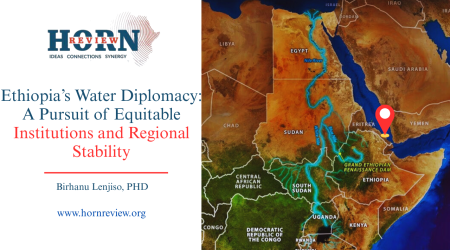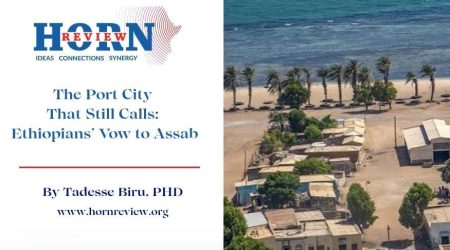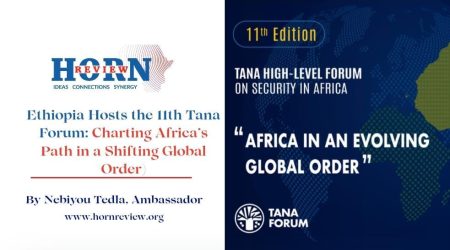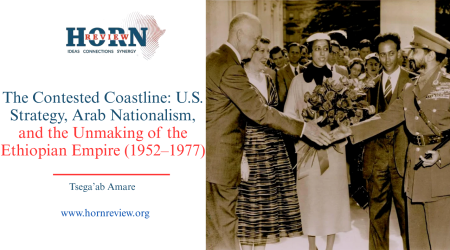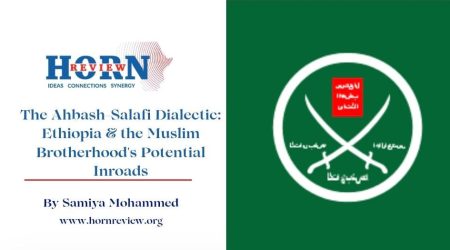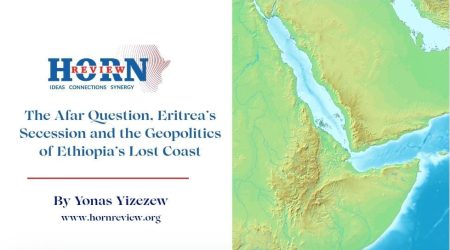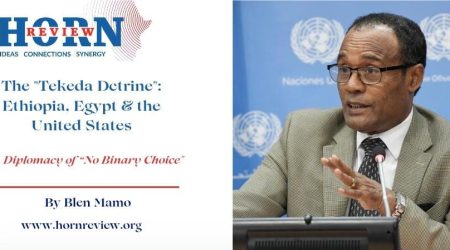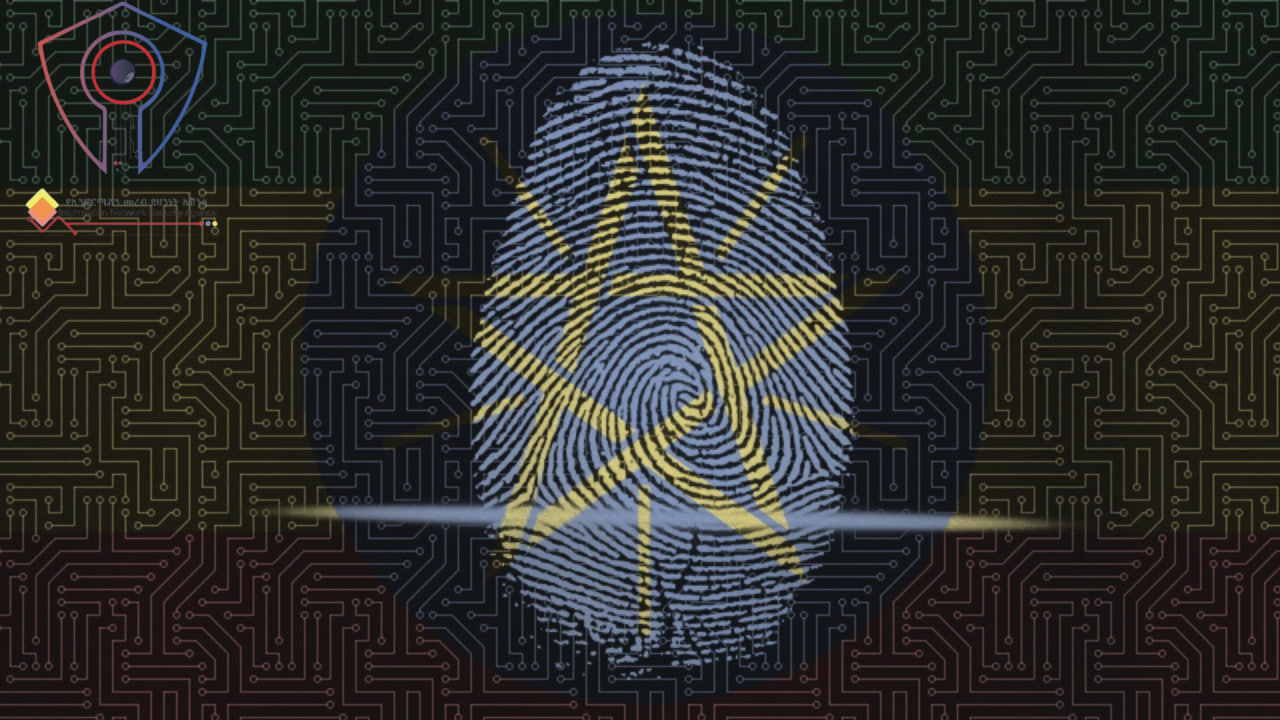
14
Jul
Ethiopia’s National Security in the Age of Info-War: Indicating National Strategies
The contemporary global security landscape is increasingly defined by the pervasive influence of information warfare, a domain where narratives and digital operations significantly impact national stability. Information warfare has become a pivotal element of modern conflict, shaping not only military outcomes but also political, social, and economic stability within nations. While the strategic manipulation of information has historical precedents, the digital era has dramatically expanded its scope and complexity, transforming information into a central battleground. For countries across Africa, including Ethiopia, information warfare represents an emerging and critical global security challenge. Information, in its various forms, is now intrinsically linked to institutional power, serving as a key instrument for influencing global politics and national security agendas.
How the inherent fragility of Ethiopia’s ethnically diverse and politically polarized society renders it particularly susceptible to the amplified reach and speed of information warfare. This vulnerability means that digital information campaigns can rapidly escalate simmering disagreements into widespread conflict and societal fragmentation. Such a dynamic positions information warfare not merely as a tactical tool but as an existential threat capable of unraveling social fabric and undermining governance, thereby demanding a unique and urgent focus on information resilience.
Understanding Ethiopia’s current national security challenges in the digital age requires an examination of its long history of information control and its role in past conflicts. This historical context reveals enduring patterns that continue to shape the nation’s vulnerability to information warfare.
During the Imperial period, Emperor Haile Selassie was the first Ethiopian ruler to strategically employ mass media. He launched the weekly newspaper Berhanena Selam in 1925, followed by the establishment of the first national radio station in 1935 and a television station in 1964. These media channels operated under strict imperial control, with news content meticulously pre-censored by the Press and Information Office within the Ministry of the Pen. A primary objective of media engagement during this era was to reinforce and perpetuate Ethiopian unity.
Following the Imperial era, the Derg, seized power in 1974 and swiftly established absolute control over the media. All media outlets were nationalized under the new Ministry of Information and National Guidance. Western correspondents were expelled, and only media explicitly loyal to Communist ideology, such as the Cuban news agency Prensa Latina, were permitted to operate. Ethiopian television became a key instrument for propaganda, but it also served the stated purpose of uniting the nation’s diverse ethnicities.
The ascension of the Ethiopian Peoples’ Revolutionary Democratic Front (EPRDF) to power in 1991 marked a new phase, laying a foundational legal framework for the Ethiopian press. This period saw the media sector evolve with the emergence of ethnic representation and regional self-governance, but with lack of freedom of press.
In post 2018 initial positive reforms were observed in Ethiopia’s media landscape, including the cessation of media censorship and the lifting of bans on previously exiled media outlets. Despite these reforms, the increased freedom in media markets coincided with the surfacing of ethnic frictions, reflecting the complexities of a society comprising over 80 ethnic groups. The emphasis on ethnic media, while promoting representation, also inadvertently limited the portrayal of diverse cultures and contributed to political polarization, as various outlets advocated for divergent interests. The federal system, by promoting group identity fostered a “group mentality” that introduced divisive politics, making governance particularly challenging in an era saturated with misinformation, disinformation, and hate speech.
The Tigray conflict is an evidence, being the most intense propaganda war of any intrastate conflict in recent memory. Both the Ethiopian federal government and the Tigray People’s Liberation Front (TPLF) extensively utilized online propaganda to shape public opinion and control their respective narratives.
In this hyper-connected society, social media has emerged as a double-edged sword. While it offers an unprecedented platform for citizen mobilization, expression, and information sharing, its largely unregulated nature within Ethiopia’s context of deep ethnic divisions and ongoing conflicts transforms it into a primary vector for hate speech, disinformation, and incitement to violence. This creates a direct and dangerous link between online content and real-world violence.
The contemporary information environment in Ethiopia is characterized by intense narrative battles and escalating cyber threats, profoundly impacting its national security. Online propaganda is rampant during Ethiopia’s internal armed conflicts, with all warring parties and their supporters actively seeking to influence public opinion and control narratives. This widespread dissemination of false information has significantly complicated efforts towards achieving transitional justice. Disinformation and hate speech are profoundly pervasive in Ethiopia, negatively impacting the country’s political, economic, social, ethnic, and religious fabric.
Furthermore, Ethiopia was identified as the most targeted country globally for malware attacks in 2024, according to INTERPOL’s latest Africa Cyber threat Assessment Report. This alarming statistic highlights the extensive digital vulnerabilities within one of Africa’s rapidly digitizing economies. Critical government infrastructure, financial institutions, and development projects have experienced sustained cyberattacks. Cybercriminals exploit gaps in national legislation and law enforcement capacity, and there is a regional surge in cyber-enabled extortion, often linked to AI-generated phishing and image-based abuse.
In June 2020, the Ethiopian Information Network Security Agency (INSA) successfully thwarted a cyberattack orchestrated by an Egypt-based actor known as the Cyber-Horus Group. This attack was explicitly designed to exert significant “economic, psychological, and political pressure on Ethiopia” concerning the filling of the Grand Ethiopian Renaissance Dam (GERD), demonstrating the weaponization of cyber operations in geopolitical disputes. Cyberattacks are engineered to damage physical systems by exploiting vulnerabilities in information and operational processes. The implications of these cyberattacks extend far beyond Ethiopia’s borders, blurring the traditional distinction between physical and cyber security.
Ethiopia’s digital transformation, without commensurate investment in robust cybersecurity infrastructure and legal frameworks, creates significant exploitable weaknesses. These vulnerabilities are then actively exploited by both state and non-state actors to exert geopolitical pressure, influence internal stability, and disrupt key national projects. This transforms the cyber domain into a critical extension of traditional geopolitical rivalries and internal conflicts. This implies that cyber resilience is not merely a technical or administrative issue but a fundamental pillar of national security and sovereignty. A state’s digital vulnerabilities can directly undermine its ability to pursue strategic interests, maintain internal cohesion, and protect its citizens.
In a strategic move to enhance digital sovereignty, the Information Network Security Administration (INSA) has announced Ethiopia’s active transition away from international applications in favor of domestically developed alternatives. This initiative is part of a broader effort to safeguard sensitive national data and reduce reliance on foreign-owned technologies that operate beyond Ethiopia’s legal and regulatory jurisdiction. This shift is also framed as crucial for national ownership of critical digital infrastructure.
This proactive development of domestic communication applications is a direct, pragmatic response to the perceived digital vulnerability, aiming to reduce external leverage and enhance digital sovereignty. Ethiopia’s information warfare landscape is a complex interplay of various actors, each with distinct interests and strategies, operating within and beyond the nation’s borders. The diaspora communities actively engage in online campaigns, often presenting competing narratives, to influence international opinion and support their respective sides. Narratives, disinformation, and cyberattacks are strategically deployed by all parties to shape international opinion, justify their actions, and pressure adversaries. This signifies that geopolitical ambitions are increasingly pursued and contested through sophisticated information warfare.
Effective national security in Ethiopia necessitates a comprehensive strategy that integrates robust cyber defense mechanisms, widespread media literacy initiatives, and concerted efforts to foster social cohesion, alongside traditional diplomatic and military approaches. Strategies must be tailored to counter the specific threats identified, while also building long-term resilience within the nation’s information ecosystem and social fabric.
Ethiopia needs to establish a specialized, cross-agency “National Counter-Disinformation Center” (NCDC) or task force. This center would comprise experts from INSA, Government Communication Service, intelligence agencies, and potentially academic institutions. Its primary role would be real-time monitoring of local and international information spaces for disinformation, rapid fact-checking, and the immediate deployment of verified counter-narratives across various platforms.
By Yonas Yizezew,Researcher,Horn Review
References
- Meshesha, N. (2014). Media and Politics in Ethiopia: A Critical Analysis.
- Stremlau, N. (2011). The press and the political restructuring of Ethiopia. Journal of Eastern African Studies, 5, 716 – 732.
- Markos, Y. (2022). Cyber Security Challenges that Affects Ethiopia’s National Security. SSRN Electronic Journal.
- Markos, Y. (2022). Cyber Security Challenges that Affects Ethiopia’s National Security. SSRN Electronic Journal.



